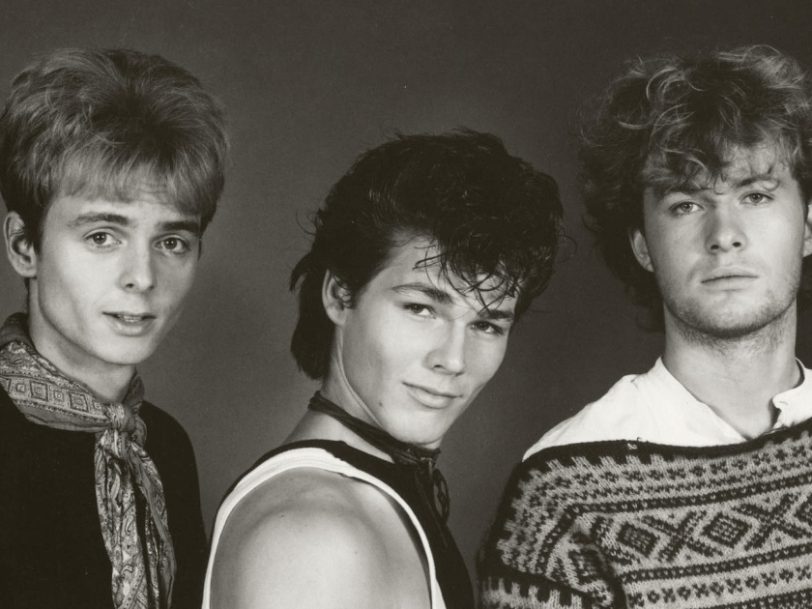East Of The Sun, West Of The Moon is the first album by the band we recognise today as a-ha. The group’s fourth studio album, issued in October 1990, it’s the sound of three musicians drawing back from a demanding period of touring and resetting a working agenda that offered the opportunity of maintaining long-term momentum.
Listen to the ‘East Of The Sun, West Of The Moon’ album here.
Most bands would share the sense of burnout that Norway’s most famous export experienced following the global success of their breakthrough single, Take On Me. Three smash albums followed in speedy succession (1985’s Hunting High And Low, the following year’s Scoundrel Days and 1988’s Stay On These Roads), embedded into a punishing, seemingly endless schedule of promotional work and multiple tours. In March 1989, a string of lives dates in South America ended with nothing immediately scheduled to follow.
“We were ready for change with a lot of things”
a-ha sensibly took a breather and regrouped in their London studio to work on a new set of demos with their Norwegian backing band. “We were ready for change with a lot of things,” Paul Waaktaar-Savoy later recalled. “We wanted to get a performance in the studio and make recording easier. The increased touring was definitely bleeding into our studio work.”
The melodrama remains in what emerged, but there’s less focus on hit-oriented hooks and a softer, more fluid grace to the 11 tracks on East Of The Sun, West Of The Moon, with six songs produced by seasoned pop producer Chris Neil and the rest helmed by former Tears For Fears band member Ian Stanley, who went on to produce Natalie Imbruglia and The Beautiful South.




